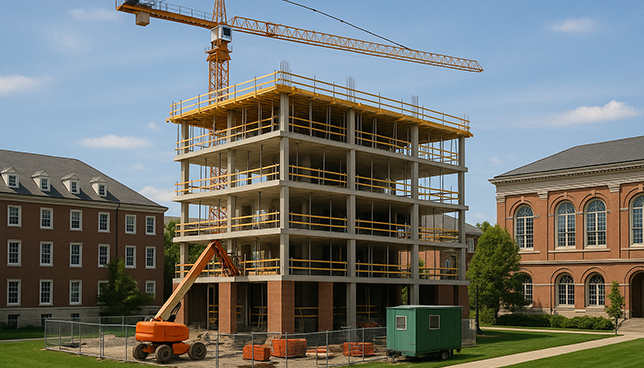
Construction opportunities are almost always abundant, but currently there are more than usual construction projects being launched for public school campuses. Common objectives include major renovation or expansion of aging facilities, total replacement of inefficient classrooms, upgrades to lighting, technology, and security equipment, and adding new sports and cultural facilities.

In recent years, the educational world has gained greater appreciation for the ways a space’s aesthetics, just like its acoustics, can positively impact educational outcomes. Consequently, engineering, designing, and constructing a school environment demands acoustics to be equally an art and a science, requiring architects and designers to see with their ears, while acousticians must hear with their eyes.

Schools now have the opportunity to adopt smarter, more strategic approaches to futureproof operations and enhance the on-campus experience.
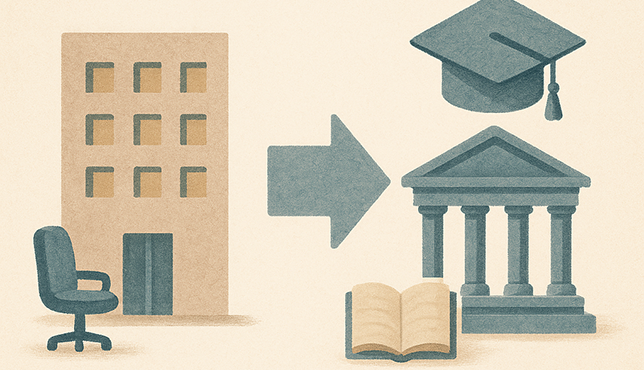
Since the onset of the COVID-19 pandemic, office-to-alternative-use conversions have become a recurring subject of urban development discourse. Office utilization rates across major U.S. cities remain below 50%, with vacancy rates exceeding 27% in San Francisco and 16% in New York. Higher education facilities present programmatic and spatial use cases that align readily with the typical characteristics of commercial office buildings.
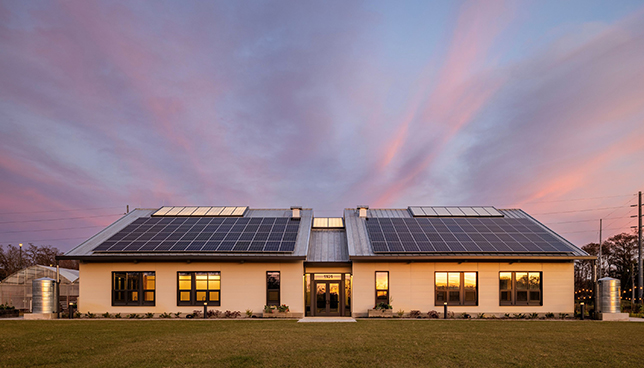
As climate change intensifies, educational spaces must evolve beyond basic sustainability toward true resilience – we must design environments that can adapt, respond, and thrive amid shifting, and intensifying, climate hazards. Drawing on indigenous wisdom and nature-based strategies, integrating resilient design offers a path to create learning environments that are not only functional but deeply in tune with their natural surroundings.

Clemson University’s Nieri Family Alumni and Visitors Center serves as the new front door to campus, anchoring the Tiger experience through each step in the student journey.
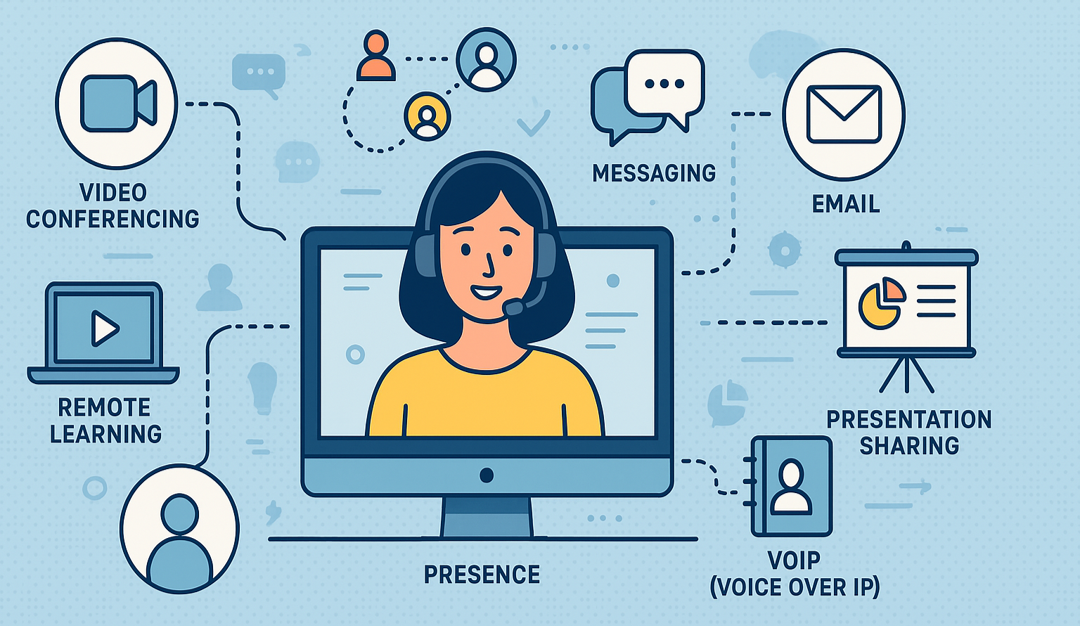
Academic technology and pedagogy have evolved in ways few could have imagined a decade ago. Today, hybrid/flexible (or hyflex) learning environments — a mix of in-person and remote instruction — are the new normal. However, as promising as it sounds, making hyflex work smoothly is no small feat.

Heating and cooling systems are just one of the many new ways that AI can be integrated into schools. According to a new study from Schneider Electric's Sustainability Research Institute, AI-powered HVAC systems in schools can lead to significant carbon emissions savings.

Designing and building a large-scale project on a K–12 campus is a monumental undertaking that requires the right blend of ideas, funding, design and execution to get it right. The process also relies on multiple partners, each of which has to handle its respective aspect of the project while also keeping the district’s broader mission and goals in mind.
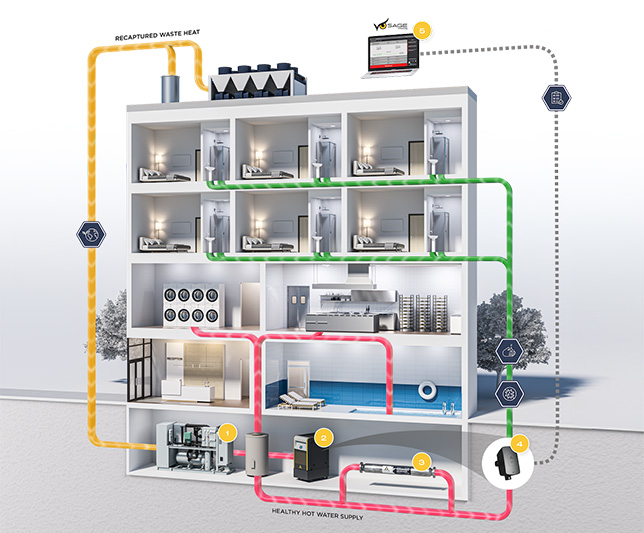
Higher education campuses face unique structural and operational demands. With a range of old and new buildings, a variety of facility types, and ambitious sustainability goals, it's essential that no aspect of infrastructural performance is overlooked. Facility managers must be equipped to provide a safe, reliable and efficient space for students, faculty and guests.

New campus planning documents reveal an abundance of high interest in new stadiums, or renovations and repurposing projects for existing facilities. Many universities, in fact, are developing campus complexes with new stadiums as a draw for retail, hotels, and student housing. Multipurpose facilities with high-end features are being designed to attract large sports events of various types, concerts, and other university functions.
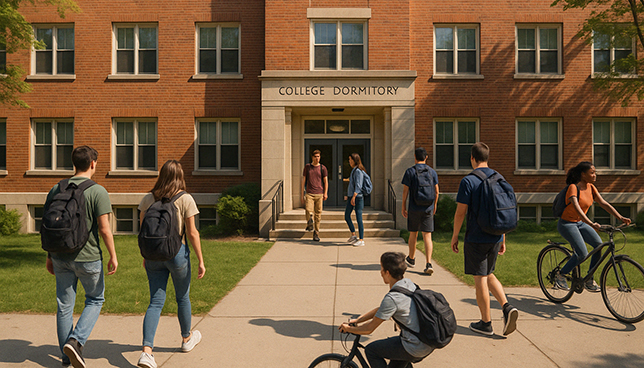
Many Southern California college and university campuses are living amidst surging housing costs, driving the need to house more of their populations on campus. Especially for community colleges, the need to support millions of unhoused and housing insecure students has become a prominent issue that lawmakers and institutions alike are trying to solve.
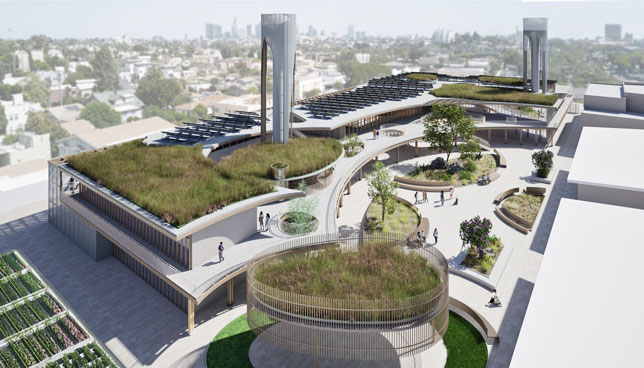
Griffith STEAM Magnet Middle School's Agualta STEAM Engine blends education, community, and nature through its adaptable design.

School districts across the country must prepare for all possible funding scenarios by analyzing school asset and infrastructure conditions, understanding their funding needs, and developing a proactive maintenance strategy to stretch their funding dollars.
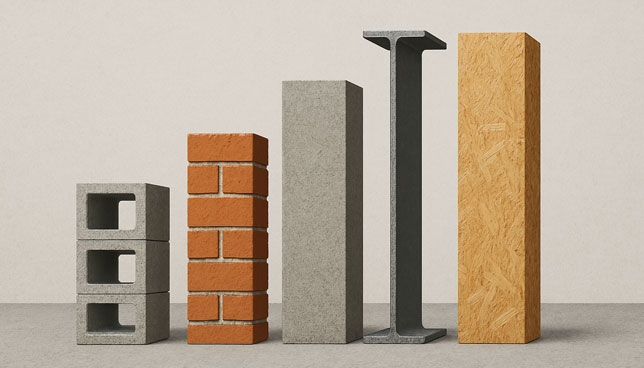
With 2025 well underway, it’s time to take a look at some broader trends submitted by you, our Spaces4Learning readership. We asked for your thoughts on topics like classroom design, health & safety, materials & construction, and technology in both K–12 and higher-education environments. Below is a roundup of 2025 trends in K–12 materials and construction from the experts in the trenches.

With 2025 well underway, it’s time to take a look at some broader trends submitted by you, our Spaces4Learning readership. We asked for your thoughts on topics like classroom design, health & safety, materials & construction, and technology in both K–12 and higher-education environments. Below is a roundup of 2025 trends in higher education from the experts in the trenches.
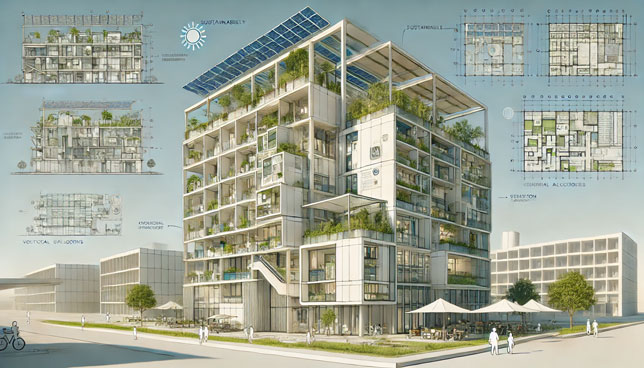
With the most technically advanced Gen Z (born between 1997 and 2012) at the helm, residence hall design trends for 2025 look to focus on flexible spaces, health and wellness, sustainability, community, and digital technology.
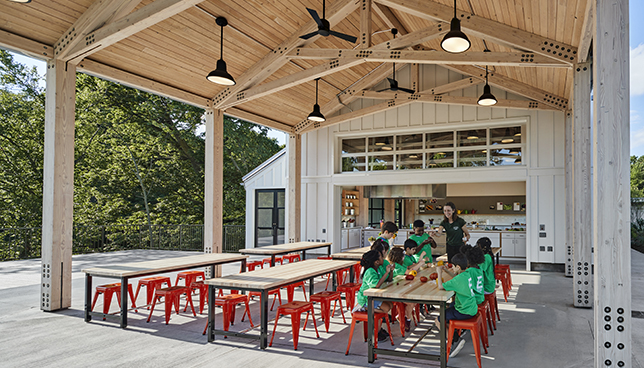
Engaging students through facilities designed for indoor and outdoor learning and activities reflects a growing awareness of how children learn and thrive, with educators recognizing the importance of getting outside and disconnecting from technology. And, as today’s youth grapple with the urgent mental health crisis of increased anxiety and loneliness fueled by both the pandemic and technology, along with a related crisis in youth physical health, the wellness benefits of getting outside have never been so palpable.
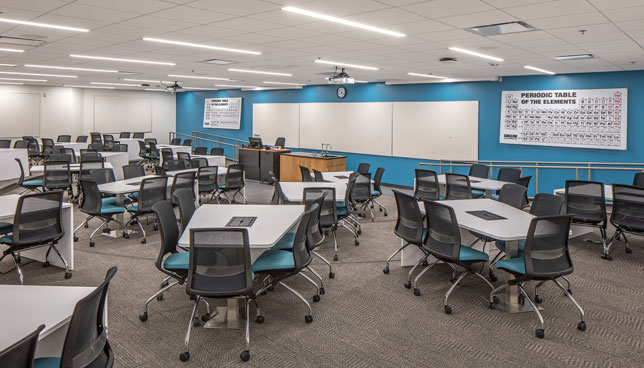
The recent renovation of the Durham Science Center at the University of Nebraska-Omaha (UNO) provides a roadmap for facilities managers tasked with balancing budget constraints, modern pedagogical demands, and long-term sustainability.

In the face of increasing pressures on construction timelines, budgets, and material availability, the renovation and reuse of pre-existing structures for new purposes can help bridge the gap between modern school programming and outdated school infrastructure.

Designing a top-tier performing arts facility for a high school is a complex endeavor that demands a delicate balance between advanced technical specifications and practical budget considerations. Nevertheless, it represents a crucial initiative that enriches educational and community engagements.